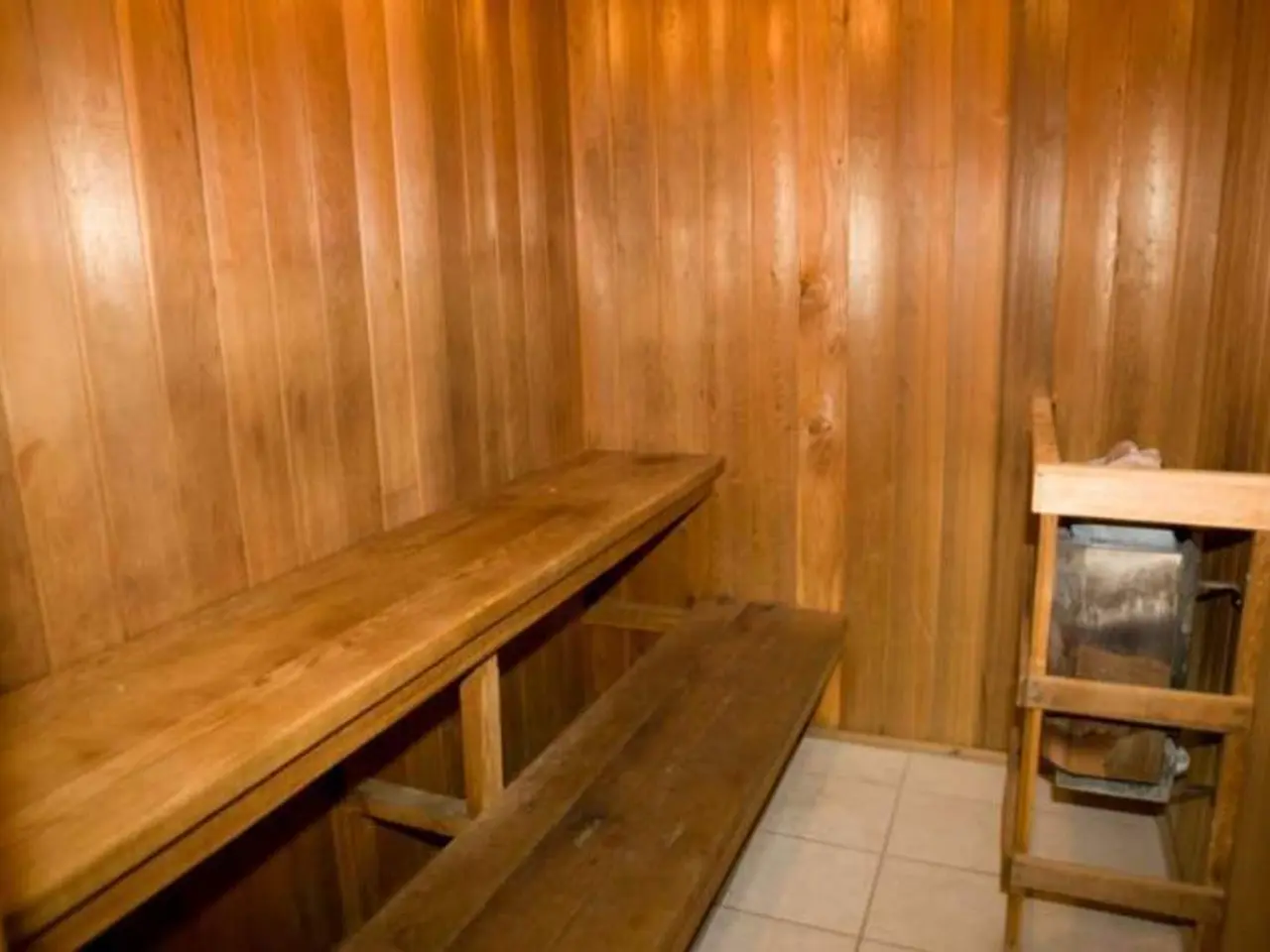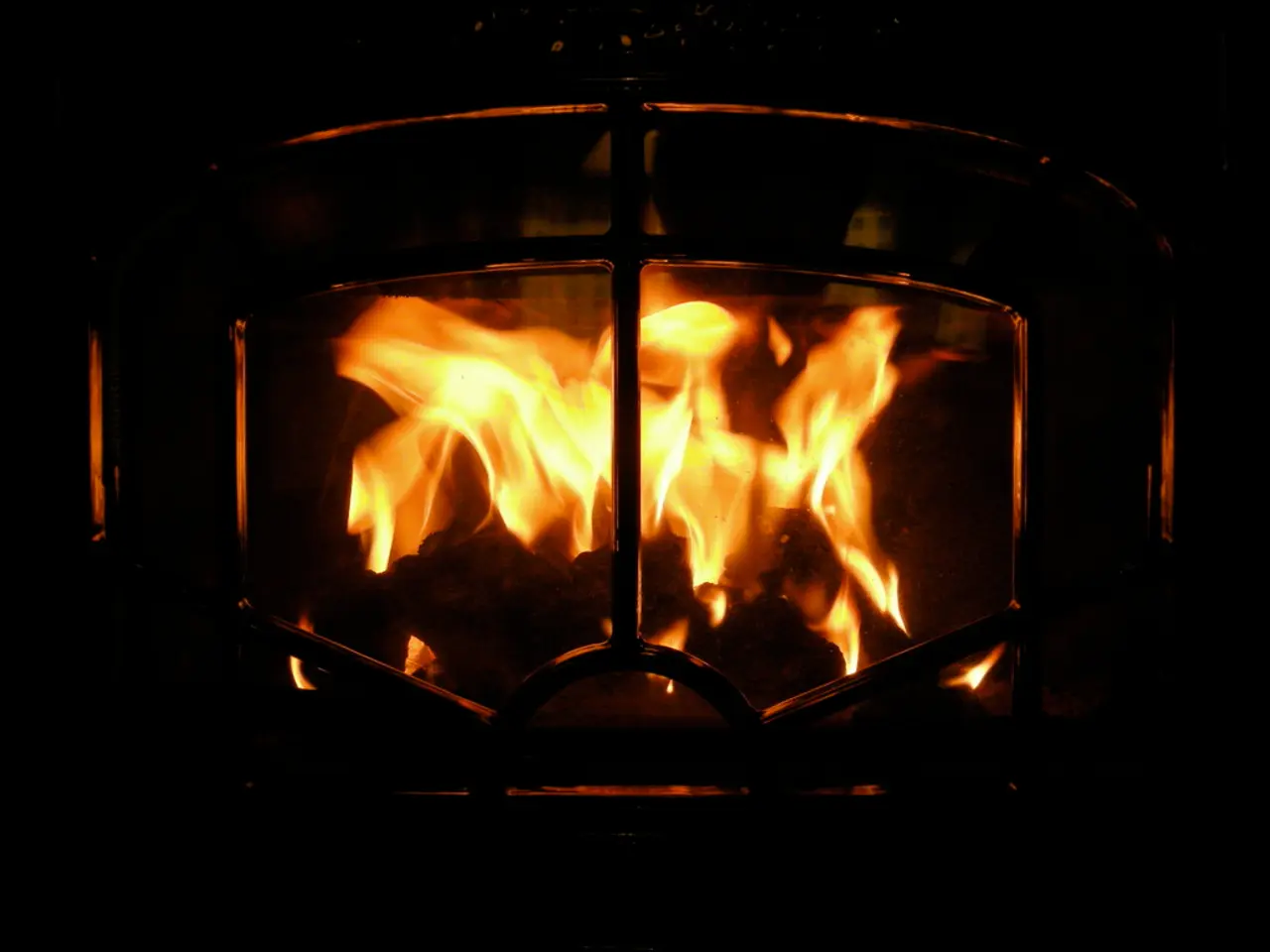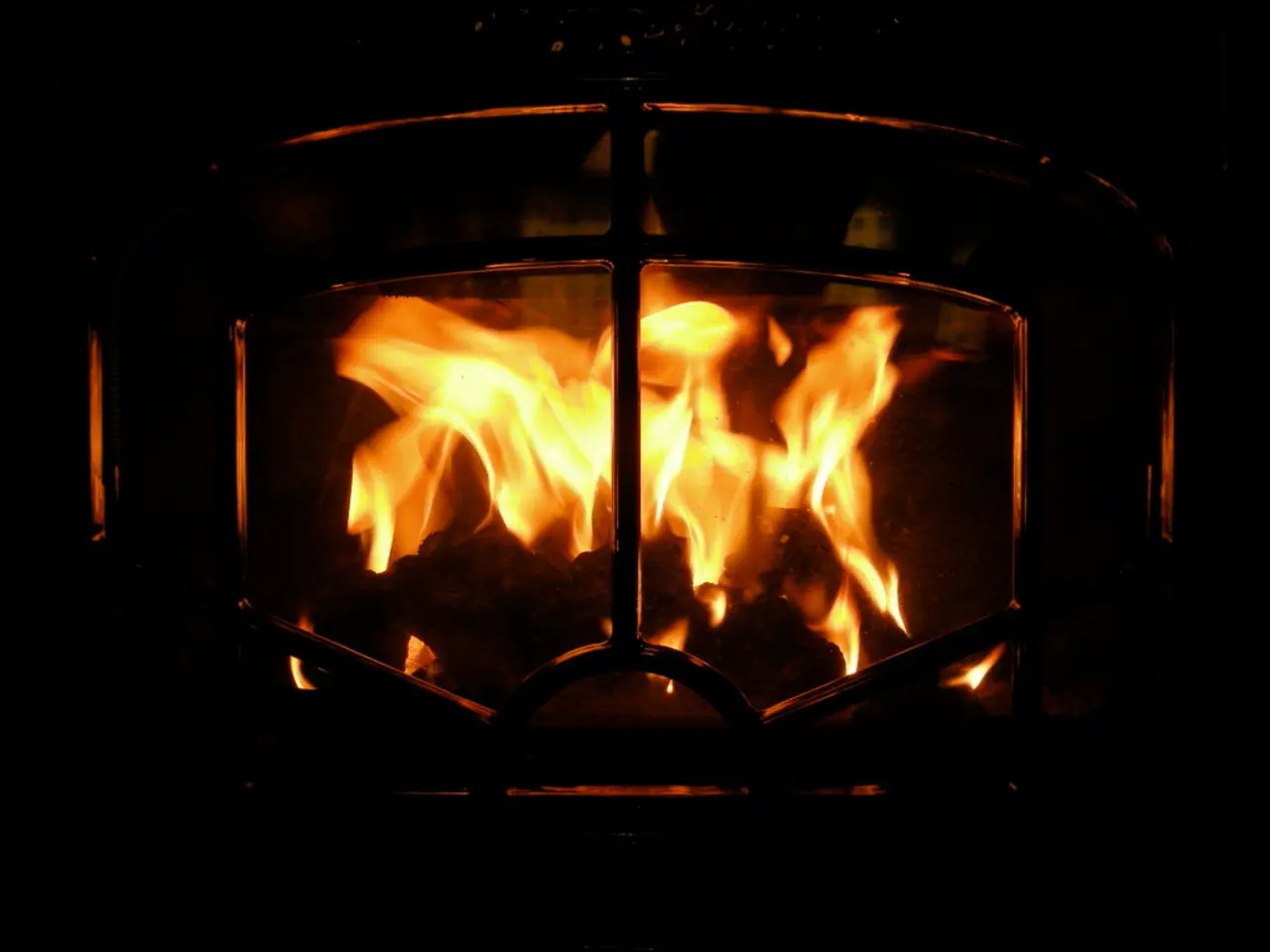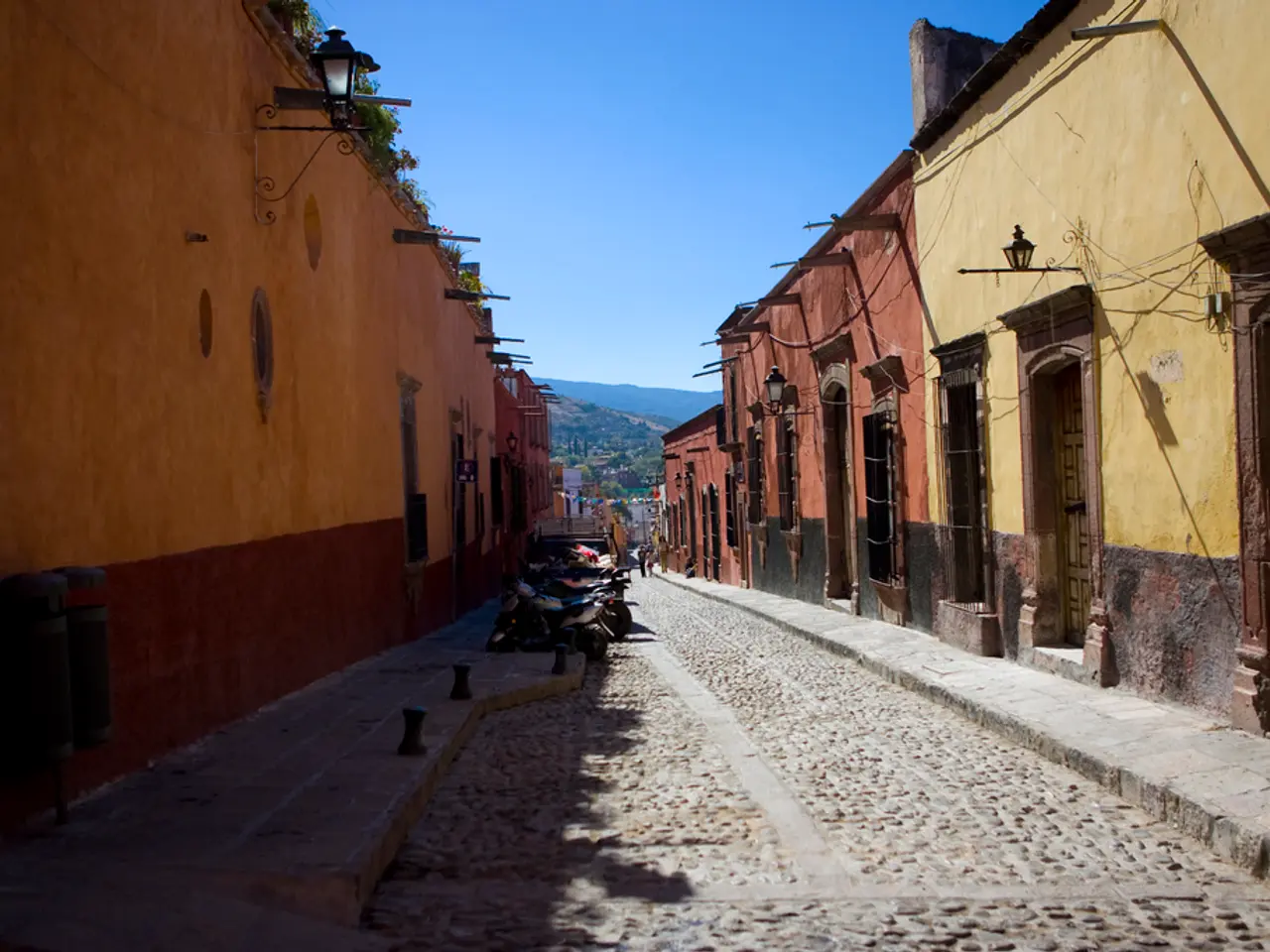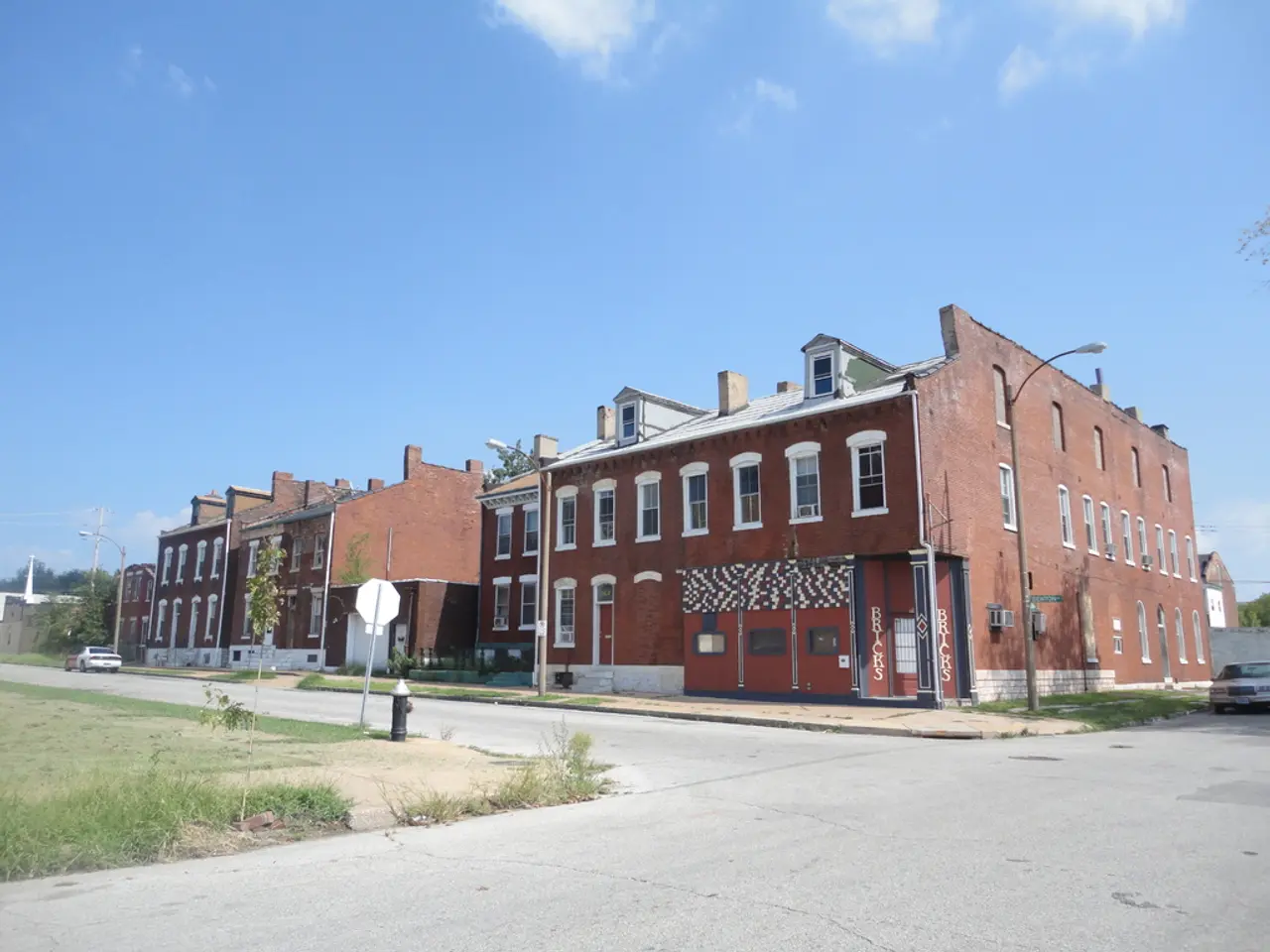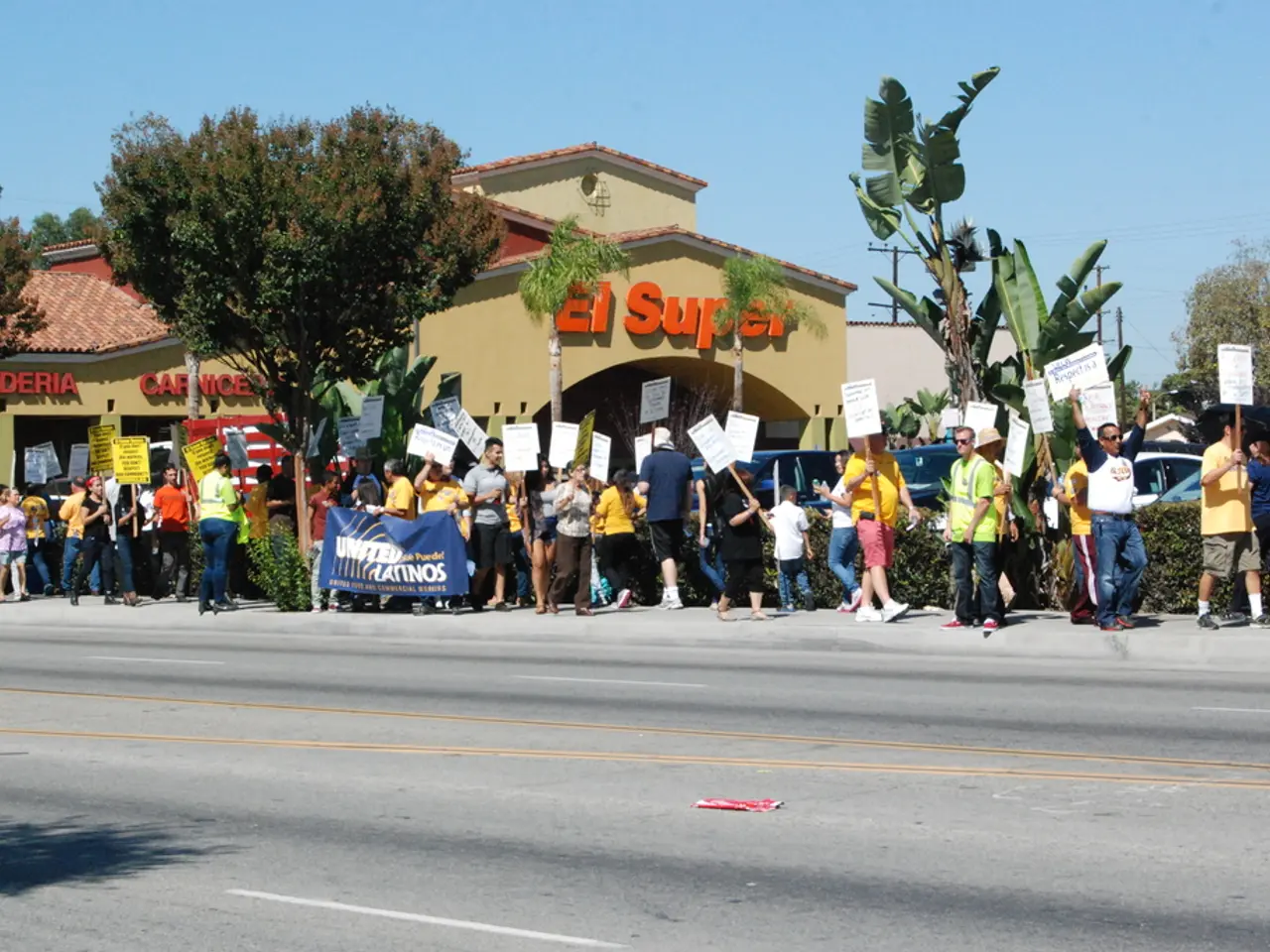Trump's proposed refurbishment of a ballroom within the White House carries a projected price tag of $200 million.
The White House is set for a significant renovation, with plans for a grand ballroom that is expected to cost around $200 million (approximately €175 million). The ballroom, scheduled to be located in the East Wing of the White House complex, is expected to seat 650 people, a stark contrast to the current East Room, which accommodates about 200 people.
The proposed ballroom, one of the largest renovations to the historic White House in decades, has sparked controversy and raised questions about feasibility, cost, and potential conflicts of interest. Critics argue that the ballroom's luxurious design, featuring gold leaf decorations and ornate chandeliers, resembles Trump's Mar-a-Lago estate, and is excessively ostentatious for a national symbol.
The addition will be substantially separated from the main White House building but will closely mimic its architectural heritage. This separation, coupled with the ballroom's costly project, has raised concerns about how such an expensive project aligns with public expectations for preserving White House history and the use of private funding, which may raise ethical questions about influence and conflicts of interest.
President Donald Trump and unnamed donors will cover the costs of the ballroom project, according to the White House. The ballroom is expected to be approximately 8,400 square feet and construction is scheduled to begin in September, with the project expected to be completed by the end of Trump's second term in January 2029.
Supporters of the project argue that it honors the White House's legacy while adding a beautiful new space for future administrations. However, the extravagant scale and private funding have made the renovations a subject of political and public debate.
The controversy around the White House renovation plans is not limited to the ballroom. Trump has made other controversial renovations, such as paving over the historic Rose Garden lawn with stone tiles to resemble the patio of Mar-a-Lago, indicating a broader trend of personalizing the historic site in ways some view as inappropriate.
The New York Magazine titled an article, "Trump is turning the White House into Mar-a-Lago", reflecting the growing concern and debate surrounding the changes to the White House under Trump's leadership. As the renovation plans progress, the public and political discourse is likely to continue.
[1] New York Magazine. (2021). Trump is turning the White House into Mar-a-Lago. Retrieved from https://www.nytimes.com/2021/03/24/style/trump-white-house-mar-a-lago.html
[2] CNN. (2020). Trump's Rose Garden renovation sparks controversy. Retrieved from https://www.cnn.com/2020/06/26/politics/trump-rose-garden-renovation-controversy/index.html
[3] Washington Post. (2021). Trump's $200 million ballroom plan for the White House sparks controversy. Retrieved from https://www.washingtonpost.com/politics/2021/03/24/trumps-200-million-ballroom-plan-white-house-sparks-controversy/
- The controversy surrounding the White House renovation plans is not confined to the proposed grand ballroom, as President Donald Trump's other renovations, such as paving the Rose Garden with stone tiles reminiscent of Mar-a-Lago, have also sparked public and political debate.
- The White House's proposed grand ballroom, with its architectural resemblance to Trump's Mar-a-Lago estate, has raised concerns about the appropriateness of personalizing a national symbol, leading to discussions about ethics, policy, and politics.
- In addition to general news and sports, the debate over the White House renovations has filled the pages of newspapers like the New York Magazine and the Washington Post, as well as broadcasts on CNN, reflecting the extent of public interest and concern.
- Beyond the financial cost of the White House ballroom renovation and the potential fires that could arise during construction, there are also concerns about the ethical implications of private funding, as well as potential conflicts of interests, in this large-scale policy-and-legislation and crime-and-justice matter.
